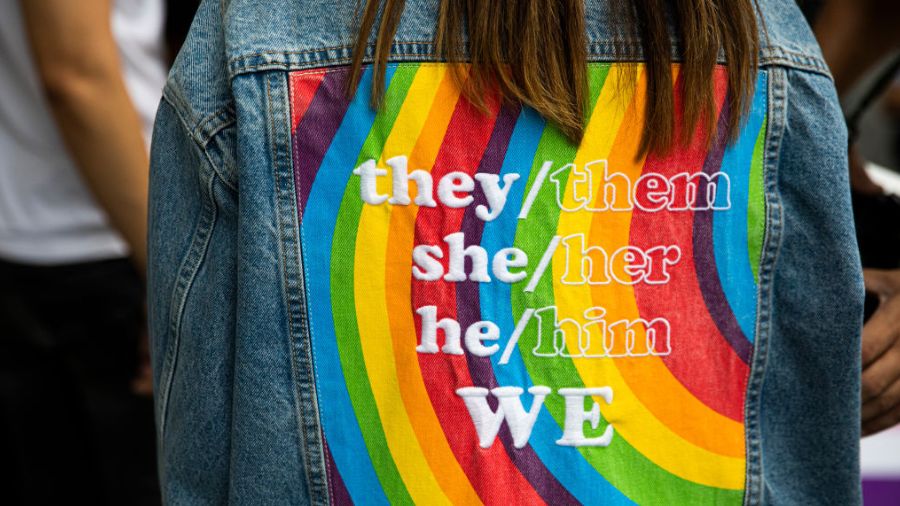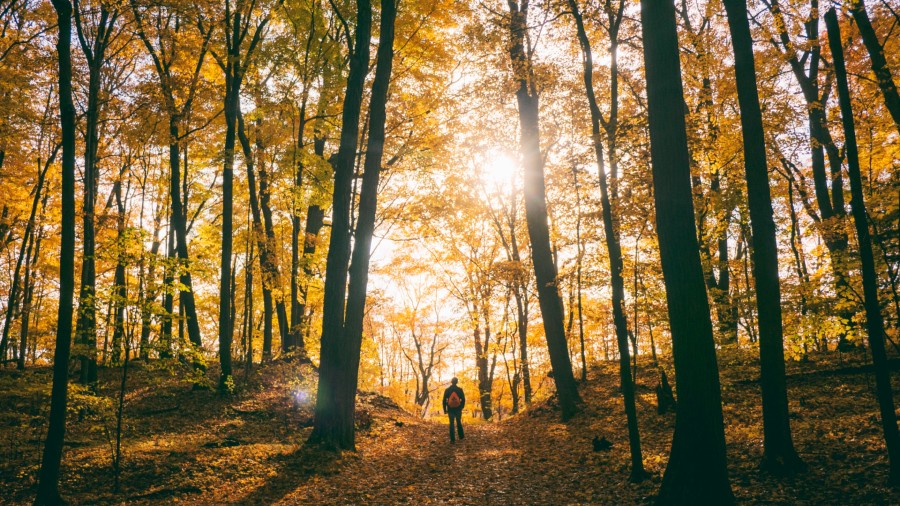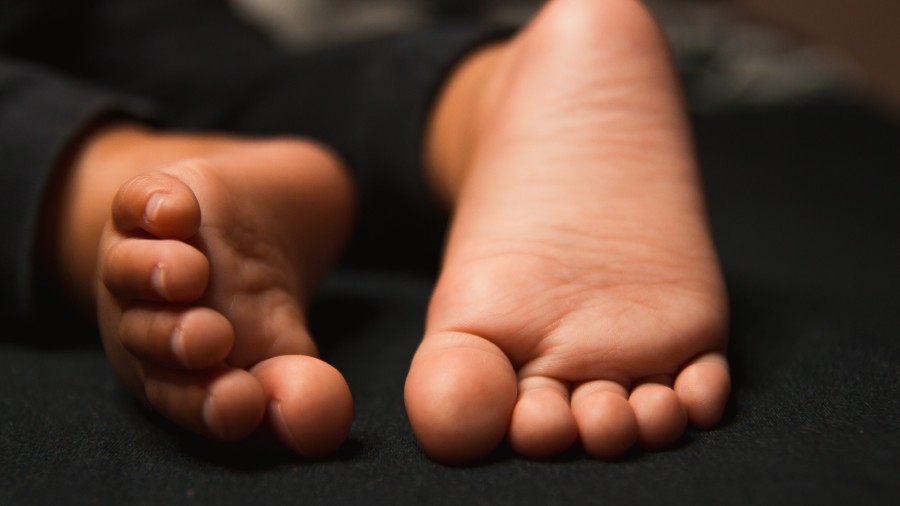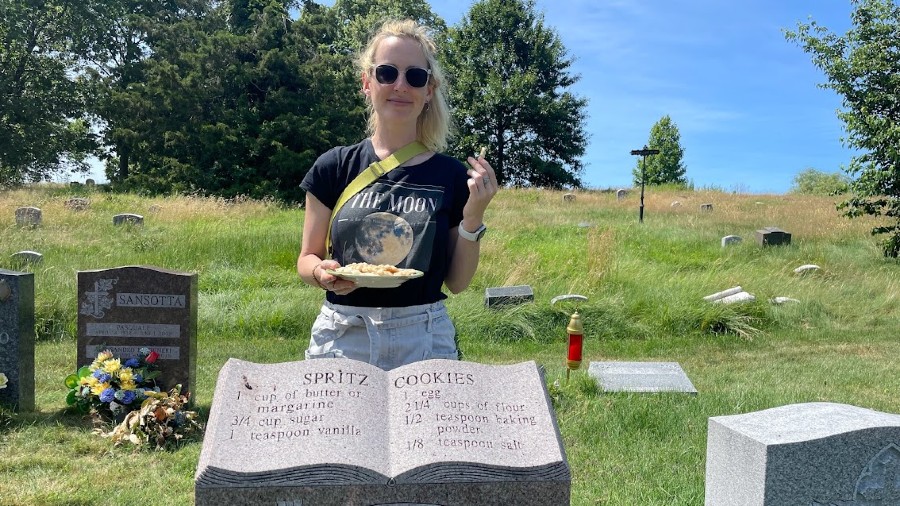Taxidermy is trendy again, even with vegans
Dec 6, 2016, 6:08 PM | Updated: 9:57 pm

A piece for sale at The Belfry (courtesy of www.thebelfryoddities.com)
(courtesy of www.thebelfryoddities.com)
At Seattle’s Pioneer Square oddity shop, The Belfry, you can buy all kinds of things that used to be alive. Choose a racoon jaw from the bowl, or a slim glass jar of rattlesnake ribs or maybe a human skeleton. Unless taxidermy is more your style. Shop owner Christian Harding says taxidermy is trendy again.
“It’s become real popular in the last few years,” Harding said. “It’s interesting, even Martha Stewart [is] now doing articles on how to decorate with it. I think a lot of people are really interested, our clientele anyway, with the Victorian era and death and having a bold statement piece.”
This style of taxidermy is all about the art, not the kill.
“There is definitely a separation in the world of taxidermy. Hunters don’t like what we do because we sell old stuff. They only like taxidermy that they’ve killed. Our world doesn’t like what they do because we feel like there’s enough of the old stuff, you don’t need to keep killing animals.”
Harding only sells vintage pieces, mostly from the 1850s to the 1940s, sent over from European museums.
“Our taxidermy was made for educational purposes. In Europe it was used for educational tools. They made it for classroom use for biologists learning about animals. They didn’t have text books on it so they brought in taxidermy. That was the original purpose of taxidermy, for education.”
I wondered of Harding gets much guff from people walking by, PETA types disgusted by the deer heads on the walls.
“A huge percentage of our clientele is vegan. Huge. I see it, and a lot of people see it, as recycling. This stuff already existed, none of it was killed to be here. It’s really old. So it’s already there. Why throw it away? Why hate on it? I was vegetarian for 15 years until a couple years ago and this is what I did, was collect taxidermy. It’s just kind of a weird thing. A lot of people who are vegetarian or vegan love animals and we kind of want them around us. And we want to know that it wasn’t harmed to be there.”
The only animals Harding doesn’t want to be surrounded by are his own, after they die.
“I’ve got a dog and two cats, I would never do my own animal. It’s just never the same. I actually talk most people out of getting their own animals done. Most people freak out when they get their own animals back. It doesn’t have the same expressions, it’s not the same anymore. There’s no spark in their eyes anymore.”
He says his clients come from all walks of life, from tattoo artists to biologists, but the original taxidermy trend started in the Victorian era.
“The celebration of death was a really big thing in the Victorian Era. They glamorized death how we do with sex now. It really started off with Queen Victoria when she went into her huge mourning period for her husband. It became a high society thing to celebrate death. It was expensive to have black clothes and have mourning jewelry and taxidermy went along with that. Taxidermy in the Victorian Era was definitely a high society kind of thing.”
If you want to try the craft for yourself, The Belfry flies in a professional taxidermist twice a year to teach classes.
“The classes, they’re about five hours long and you learn taxidermy start to finish. You just show up, we provide the animals. Most people do rabbits their first time. You learn how to skin it, stuff it, form it. There’s no blood and guts. I mean, there’s guts but it’s as gross as cooking with raw chicken. When you skin the animal you are not cutting into the organs. It looks like a frozen chicken kind of a thing. The end product is amazing. I would sell almost everything that people finish in the class.”













